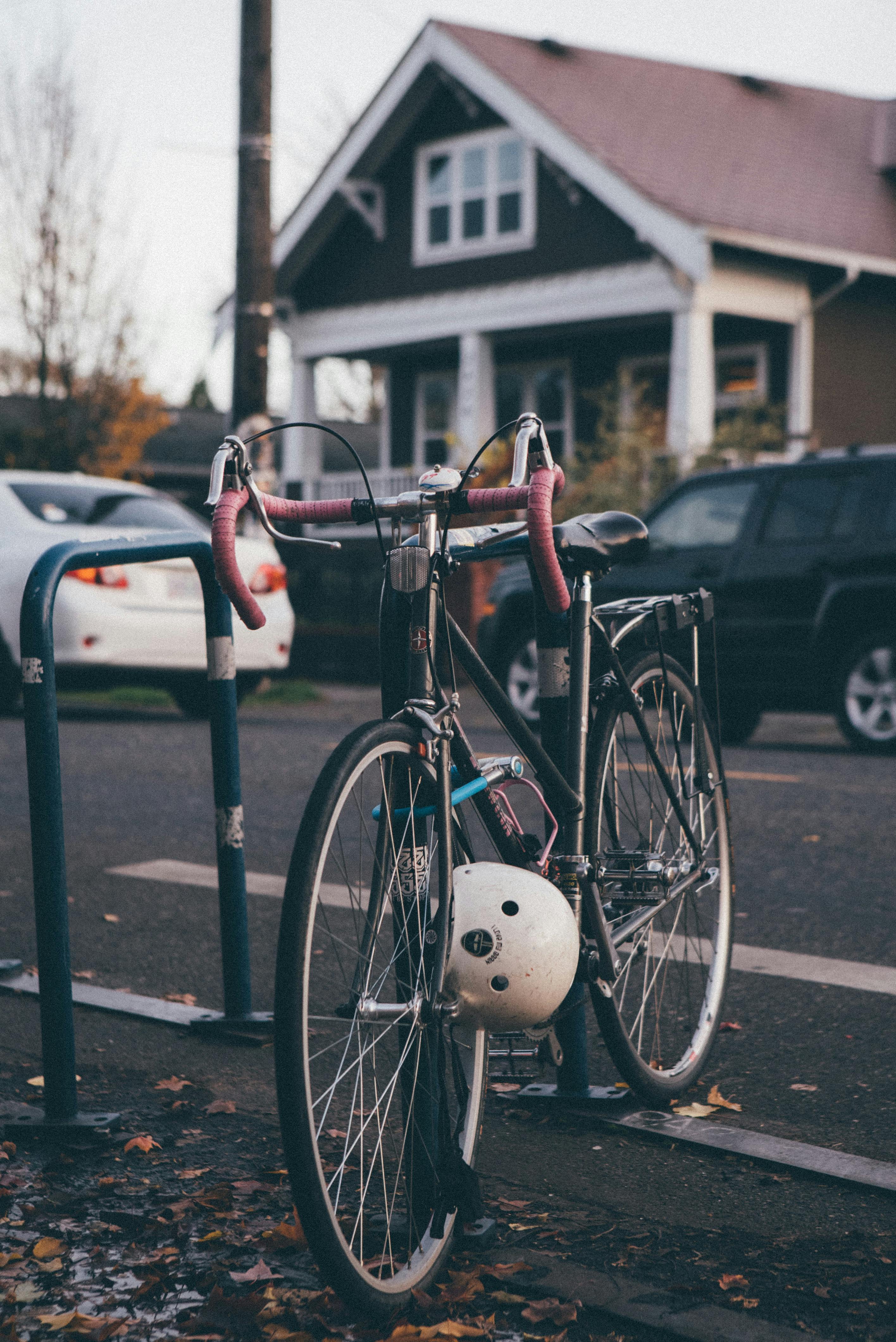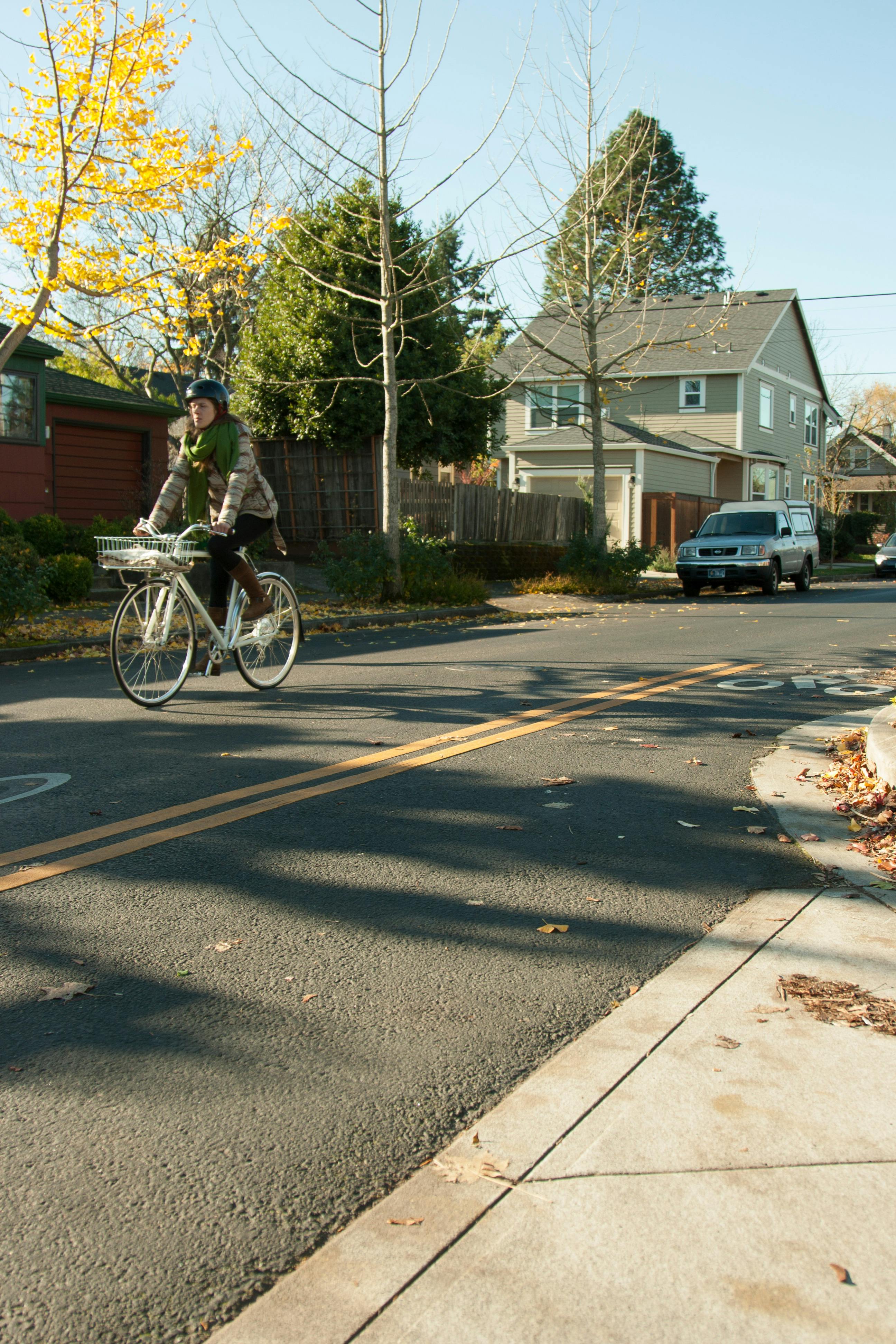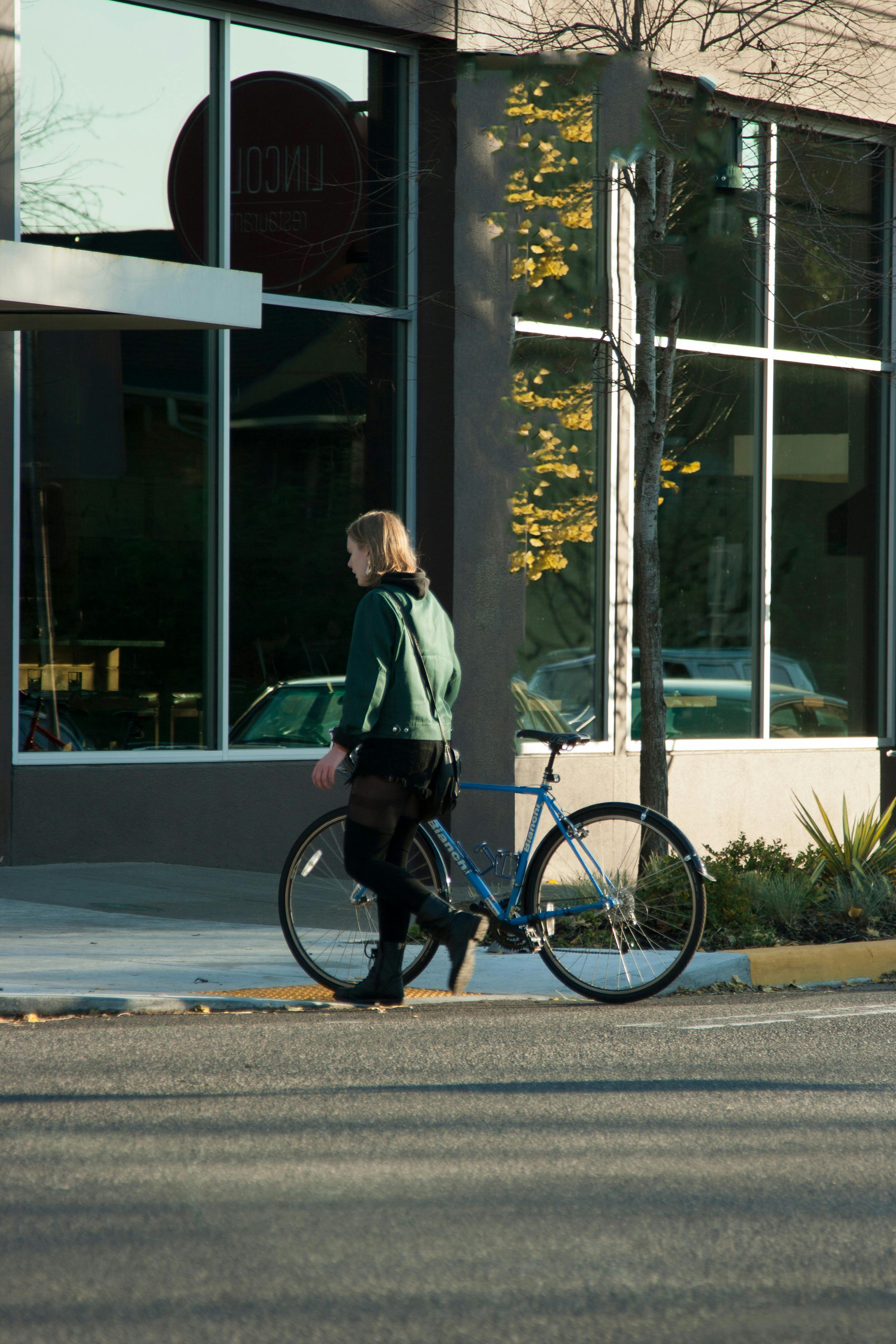More women on bikes, please!
Portland has one of the highest gender splits in the US, with a 35 % gender split among commuters. We asked some of the amazing women we met in Portland to share their thoughts on women and biking.

Text: Silje Strømmen
Photos: Vi Duc Truong & Mari Oshaug
The 2014 Portland Bicycle Count report for 2013-2014 revealed the highest proportion of women counted at just over 35 percent. That is something Portland should be proud off. Still, nationwide women represent just one quarter of bicycle commuters, and men are two to four times more likely to make a bicycle trip than women.
The theory goes that women are more risk averse than men, and that they seek better bicycle infrastructure and facilitating in order to commute by bike. Outside of commuting, the feeling of being intimidated the number of male riders often come up. In general, women tend to find other ways of transportation due to several things, among them being responsible for delivering children, going on grocery trips and the general “I don’t want to show up for work with helmet hair” (it sounds stupid, but regardless of gender, people don’t like to show up to work not looking their best).
If there is something we discovered during our time in Portland it was that the city is home to some pretty amazing and strong women – who happens to love bicycling. Several organizations, such as Women on Wheels, Women Bike and Let’s Race Bikes, organize rides, classes and activities that encourage women to go biking and who work towards providing a comfortable environment for women (or as Women Bike defines it “female identifying, trans, and gender non-conforming individuals who have an interest in bicycling, or think that they might”) interested in biking.
Here are the thoughts of some of the women we had the pleasure of chatting with for this issue. Enjoy (and get inspired). See you out there ladies.

Bri Gomez, bicycle enthusiast and Assembler at Chris King Precision Components.
Bikevibe: What are your thoughts on women and biking?
Bri: We definitely need more. We don’t see a lot of women cyclists. I feel like women who want to ride bikes are a little intimidated by how many male cyclists there are. I try to encourage all of my other lady friends to get on the bike. “Hey, lets go for a ride!” But it is kind of tough to transmission from your everyday routine and start riding, especially in a season like winter.
Leah Benson, owner of Gladys Bikes.
Bikevibe: What would you say is the status on women and biking in Portland?
Leah: It is something a lot of people from different angles are paying a lot of attention to and I think that is why you see a higher rate of riders in this city than it other places. We are not complaisant about the fact that there are fewer women then men riding, and people are actively trying to do something about it.
There is this perfect storm of people from so many angles that are doing their best to get more women riding, and you are seeing more and more people doing it.
That being said, even though the percentage is higher than in other cities it is still only a half of the percentage of men riding. Why I don’t know. I think there are a lot of different arguments, one being the social factors – with women being the primary caregiver for children. Economy - in order to feel safe it often takes a lot of money and equipment. I think it also goes back to norm - how women should act and present themselves.
I would love to say that helmet hair is not an issue, but for a lot of people it is; they want to show up to work and look presentable and they don’t feel they can do that by bike. And I think a lot of it has to do with the wrong equipment – a bike that does not work for you. You tend to find fewer women with a bike that works for them. Having a shop that makes women feel comfortable does a lot. (And if I should) point the finger back to the industry as a whole: a lot of the images we get of people on bikes are fit European men. That is not necessarily an open invitation that says, “Women and people of different body shapes and sizes, please, come ride”.

Leah Treat, Portland Transportation Director.
Bikevibe: Why do you think there a lot of women biking in Portland?
Leah: I think it is a part of Portland’s culture. We started the Safe Routes to School program 10 years ago, so we are starting to se some of those kids age and still stay in Portland. We have built this great network of Neighborhood Greenways: local streets where the speed limit is set at 20 miles pr. hour. I think the greenways network is critical, along with building a lot of protected infrastructure. Build out protected infrastructure is where I think we have the most to gain. One example is North Williams, our highest used bike route with about 4 000 riders every day. We took an entire lane of traffic and dedicated it to cyclist. That is really great, but it is not buffered. I still have women living in that neighbourhood telling me that they still don’t feel safe, even though they have a 10-12 foot travelling lane dedicated to bikes. Unless there is a physical barrier they don’t feel safe.
Bikevibe: How are you actively working towards increasing the number of female bikers?
Leah: I’m especially interested in getting more women and kids on bikes. I’m a mom and I commute. I think Portland has the highest split of female riders, but it is still not where it should be. One of the things we are working on right now is a new design standard for all of our new developments or retrofitting of roadways. We are working on a design standard that are going to require all developers to put in protected bikeways. That is a big and bold move. I don’t think any other city in the US is doing that right now. We are not there yet, but we are working on it.
On the bureaucratic part we have to work out some administrative rules and we need to put it on the books, but in the meantime our engineers and people working in development services are working with the developers saying this is the standard we are working towards. They are having those conversations now, so even though the design standards haven’t been emplaced some of the developers have already agreed to build the new design standard without being required to - which is huge progress for us.